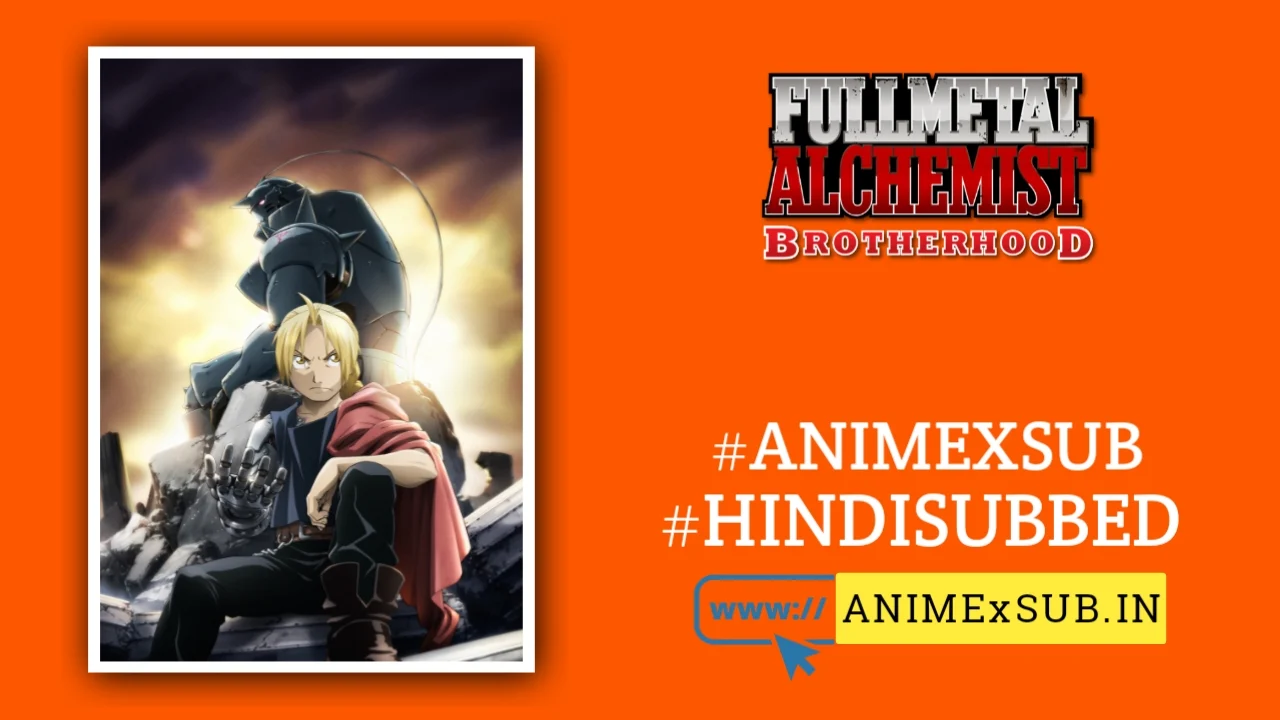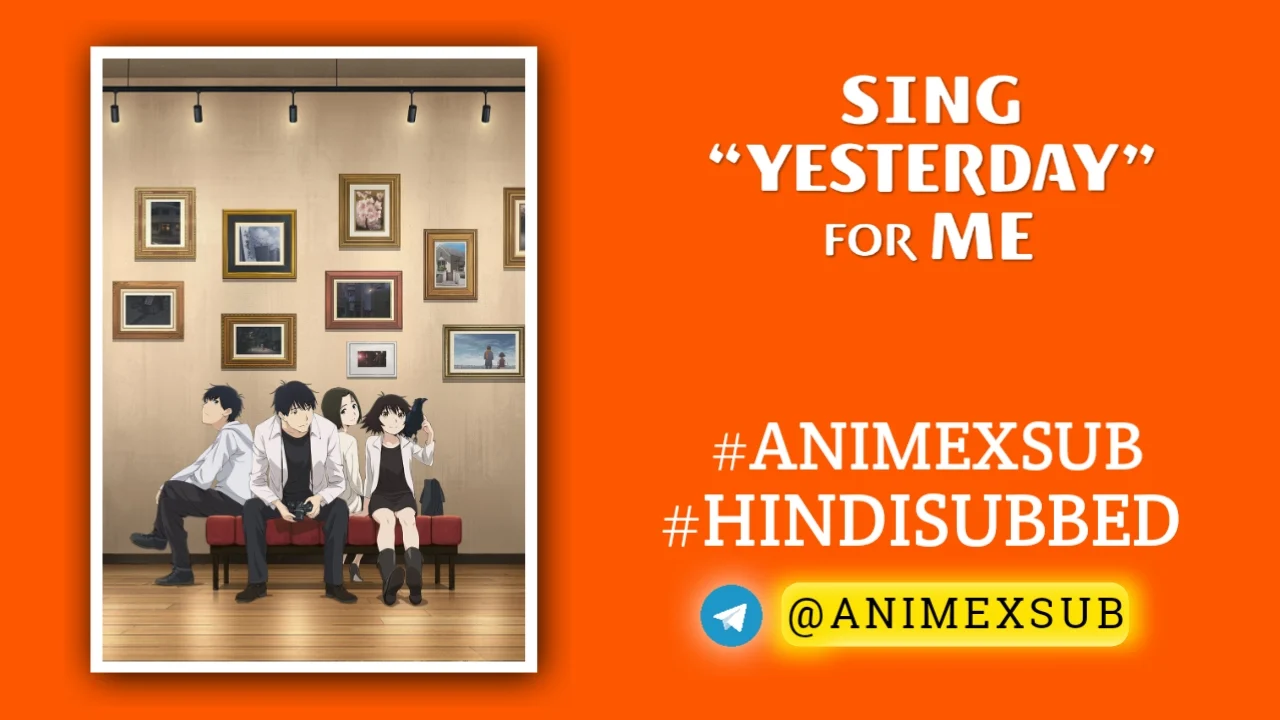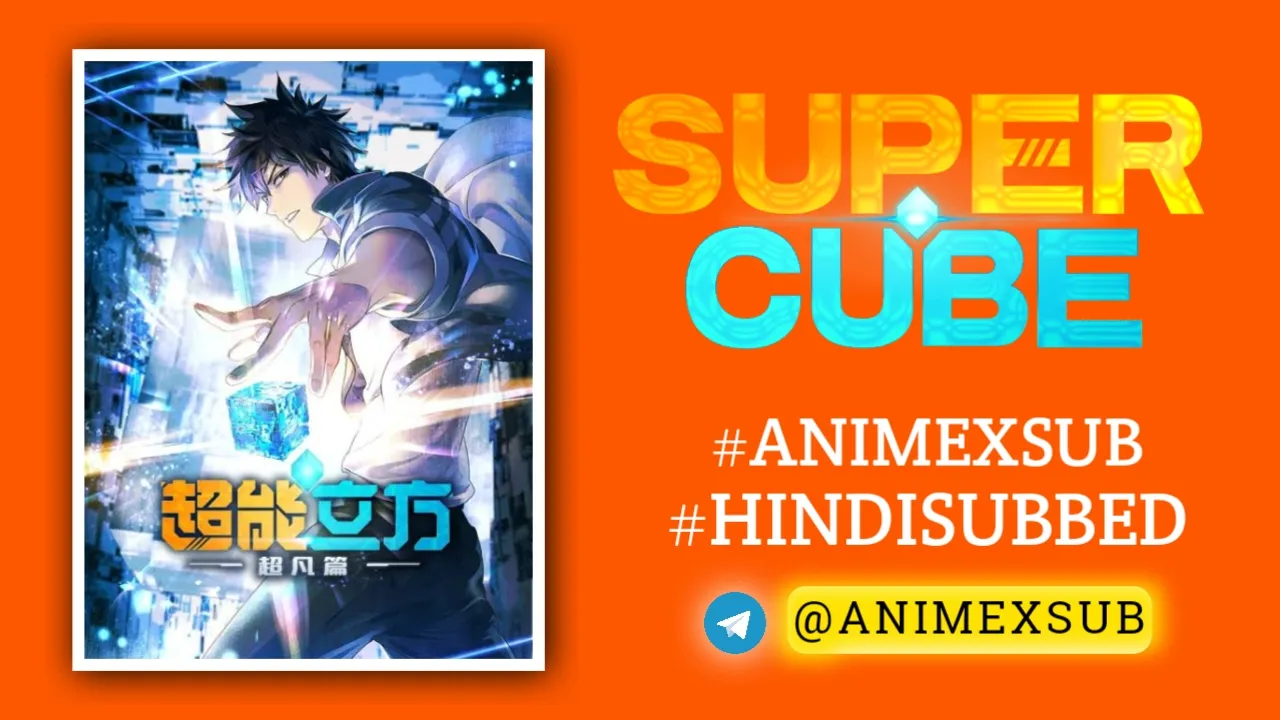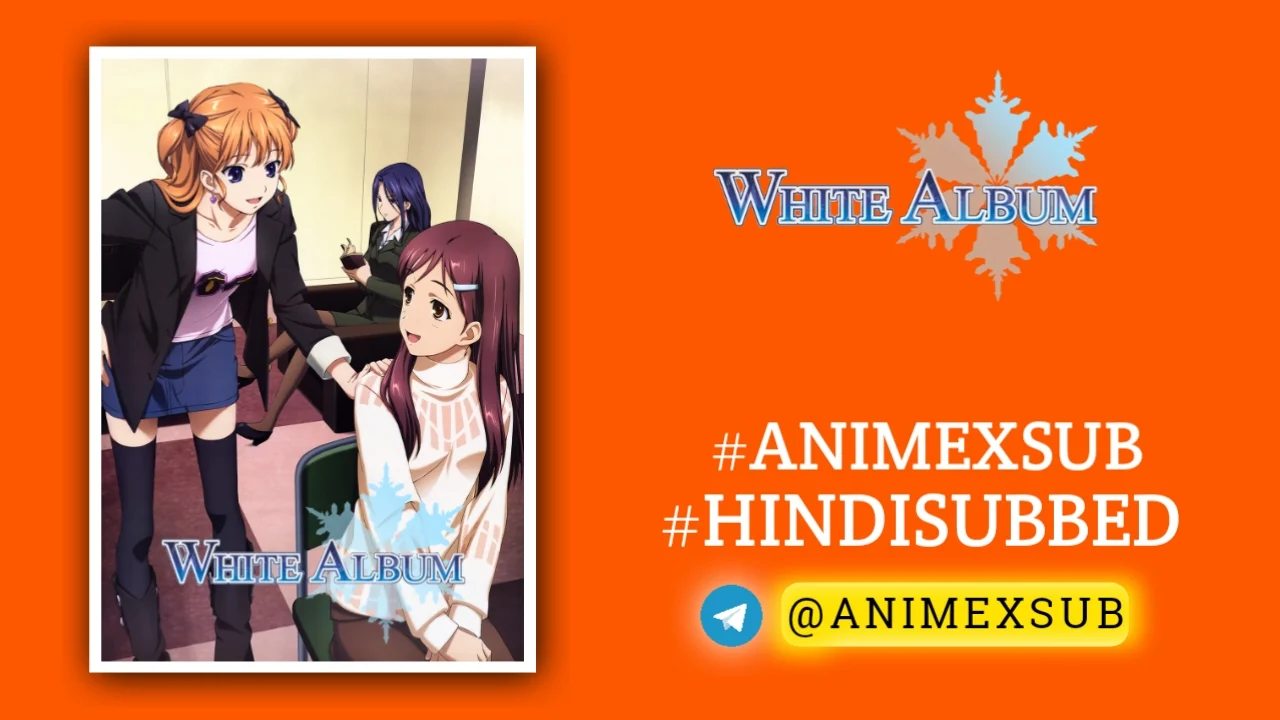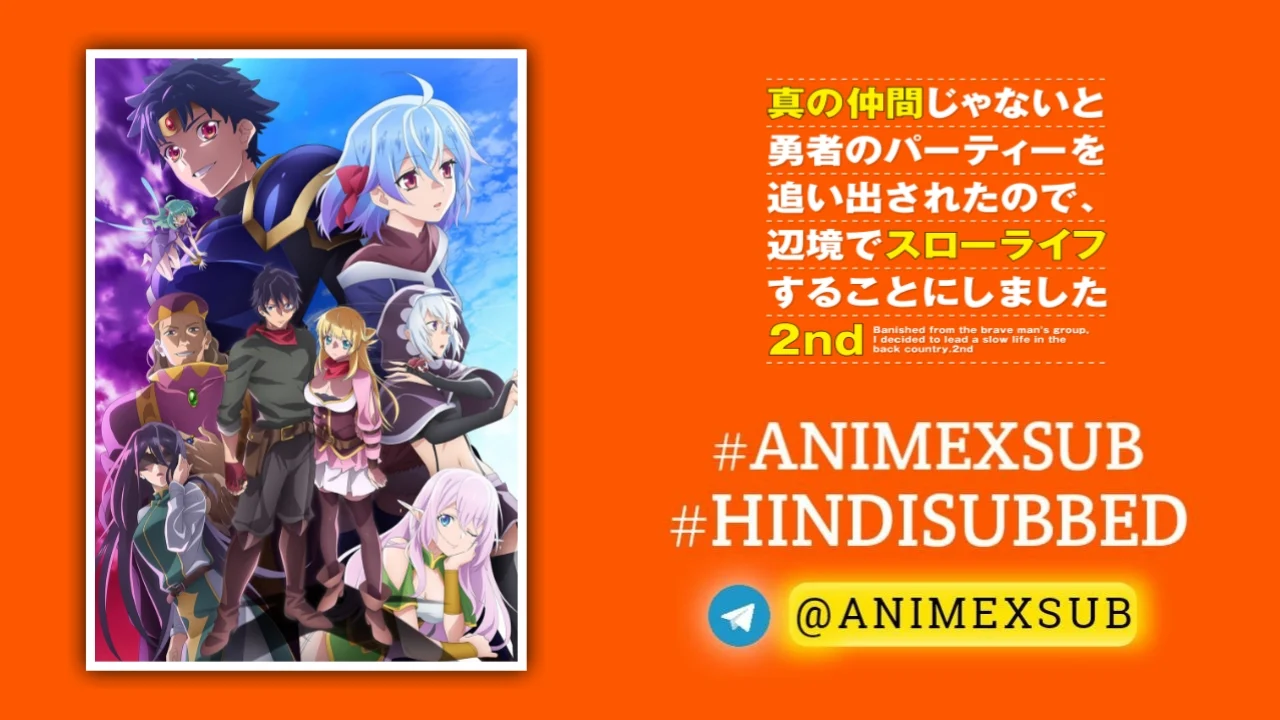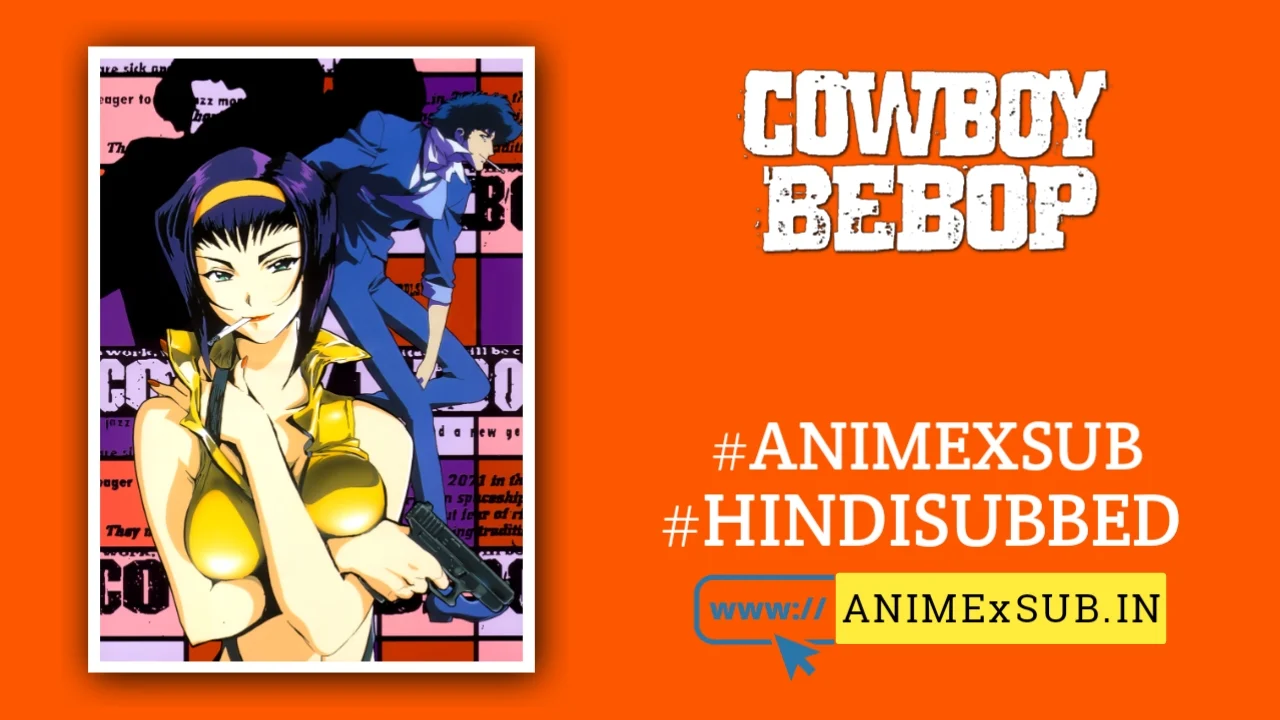
Cowboy Bebop Hindi Subbed [26/26] {Complete}

Cowboy Bebop
Cowboy BebopSynopsis
Enter a world in the distant future, where Bounty Hunters roam the solar system. Spike and Jet, bounty hunting partners, set out on journeys in an ever struggling effort to win bounty rewards to survive. While traveling, they meet up with other very interesting people. Could Faye, the beautiful and ridiculously poor gambler, Edward, the computer genius, and Ein, the engineered dog be a good addition to the group?
Watch Trailer
Characters
Episodes
How To Download Tutorial
Cowboy Bebop Season 1: A Timeless Odyssey in Space
Cowboy Bebop, the 1998 anime series, redefined what animated storytelling could achieve, blending genres, cultures, and emotions into a 26-episode masterpiece that remains unmatched. Set in a vividly realized 2071, where humanity has scattered across the solar system, the show follows a ragtag crew of bounty hunters aboard the spaceship Bebop. Through its episodic yet interconnected narrative, Cowboy Bebop explores existential themes, human connection, and the weight of the past, all wrapped in a stylish package that feels as fresh today as it did over two decades ago.
A Genre-Defying Tapestry
Cowboy Bebop doesn’t just mix genres—it reinvents them. Each episode feels like a standalone short story, drawing from noir, westerns, jazz, cyberpunk, and even Hong Kong action cinema. From the high-octane chase of “Asteroid Blues” to the melancholic dreamscape of “Brain Scratch,” the series shifts tones effortlessly. This variety isn’t chaotic; it’s deliberate, reflecting the unpredictable lives of its characters. The show’s ability to pivot from slapstick comedy to gut-wrenching tragedy within a single episode keeps viewers off-balance, mirroring the crew’s own precarious existence.
The world-building is subtle yet rich. Planets like Mars and Ganymede feel lived-in, with distinct cultures, dialects, and histories. The show doesn’t spoon-feed exposition; instead, it drops viewers into a universe where hyperspace gates, interplanetary crime syndicates, and retro technology coexist. This lived-in quality makes every frame immersive, from neon-lit cityscapes to desolate asteroid colonies.
Characters That Haunt
At its core, Cowboy Bebop is a character-driven story. The crew—Spike Spiegel, Jet Black, Faye Valentine, Ed, and Ein—aren’t just archetypes; they’re deeply flawed, relatable people. Spike, the lanky, laconic ex-hitman, carries a quiet nihilism, his past with the Red Dragon syndicate haunting every step. Jet, a former cop turned bounty hunter, grapples with duty and disillusionment. Faye, the amnesiac con artist, hides her vulnerability behind bravado. Ed, the eccentric hacker, and Ein, the hyper-intelligent corgi, bring levity but also surprising depth.
The show’s strength lies in how it reveals these characters. Instead of long monologues, their histories unfold through fleeting flashbacks, subtle gestures, or a single, perfectly timed line. Spike’s half-closed eyes, Faye’s fleeting moments of sincerity, or Jet’s weary sighs say more than words ever could. Their relationships evolve organically, never forced, creating a found-family dynamic that feels authentic. By the finale, “The Real Folk Blues,” their choices carry profound weight, leaving viewers both shattered and fulfilled.
A Soundtrack That Defines a Generation
Yoko Kanno’s score, performed by her band The Seatbelts, is inseparable from the show’s identity. The jazz-infused soundtrack, blending bebop, blues, and rock, doesn’t just complement the visuals—it drives them. Tracks like “Tank!” explode with energy, setting the tone for the series’ chaotic spirit, while “Green Bird” or “Blue” linger like a wistful memory. Each episode’s music feels tailored, elevating moments of action, introspection, or humor. The soundtrack isn’t background noise; it’s a character in itself, weaving the emotional fabric of the series.
Visual and Narrative Craftsmanship
Directed by Shinichirō Watanabe, Cowboy Bebop is a visual triumph. The animation, crafted by Sunrise, holds up remarkably well, with fluid fight choreography and expressive character designs. Spike’s martial arts, inspired by Bruce Lee, are kinetic and precise, while space battles feel both chaotic and grounded. The show’s use of color and framing—think neon-soaked bars or stark desert vistas—creates a cinematic quality rare for TV anime of its era.
The narrative structure is equally bold. While most episodes are self-contained, they subtly build toward a larger arc, particularly Spike’s confrontation with his past. The show trusts its audience, leaving questions unanswered and embracing ambiguity. Themes of freedom, regret, and the search for meaning permeate every story, yet Cowboy Bebop never preaches. It invites viewers to reflect without dictating what to feel.
Cultural and Emotional Resonance
Cowboy Bebop’s global appeal lies in its universal themes and cultural fusion. It’s deeply Japanese yet feels borderless, weaving in Western, Chinese, and global influences. The crew’s diverse backgrounds—Spike’s ambiguous heritage, Faye’s lost identity, Jet’s grounded stoicism—mirror a future where humanity is both fragmented and interconnected. This resonates in our own era of globalization and identity exploration.
The show’s emotional depth is its quiet power. It captures the ache of living with unresolved pain, the fleeting joy of camaraderie, and the courage to face an uncertain future. Episodes like “Speak Like a Child,” which unravels Faye’s past through a forgotten video tape, or “Waltz for Venus,” with its bittersweet tale of sacrifice, linger long after the credits roll. Cowboy Bebop doesn’t just entertain; it challenges viewers to confront their own burdens and dreams.
A Legacy That Endures
Cowboy Bebop’s influence is undeniable, shaping anime and storytelling at large. Its DNA is evident in series like Firefly, Samurai Champloo, and even modern hits like Attack on Titan. Yet it remains singular, a work that balances accessibility with profundity. It’s a show that rewards rewatching, revealing new layers with each viewing—whether it’s a clever visual detail, a hidden musical motif, or a deeper understanding of the characters’ choices.
Season 1 isn’t just a season; it’s a complete journey. It doesn’t overstay its welcome or pad its runtime. Every episode serves a purpose, whether advancing the plot, deepening character bonds, or exploring a new corner of its universe. The finale, a two-part meditation on fate and redemption, is both devastating and cathartic, earning its place as one of anime’s greatest conclusions.
Cowboy Bebop is more than a show—it’s a mood, a philosophy, a reflection of the human condition. It’s about carrying the weight of your past while chasing fleeting moments of freedom. It’s about finding meaning in a chaotic universe, even if that meaning is just a shared meal on a beat-up spaceship. See you, space cowboy.
























